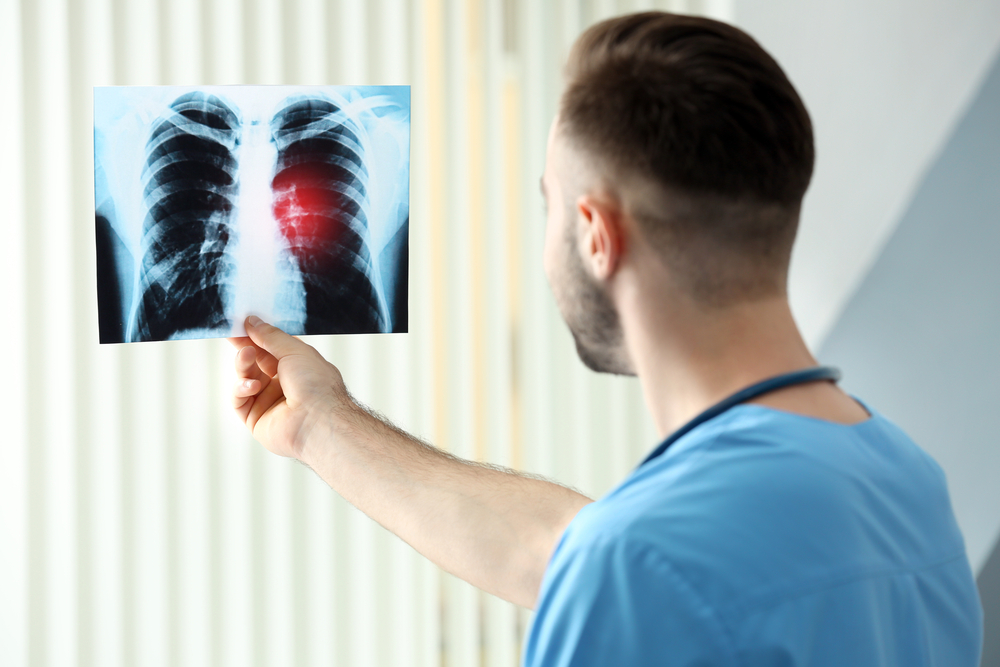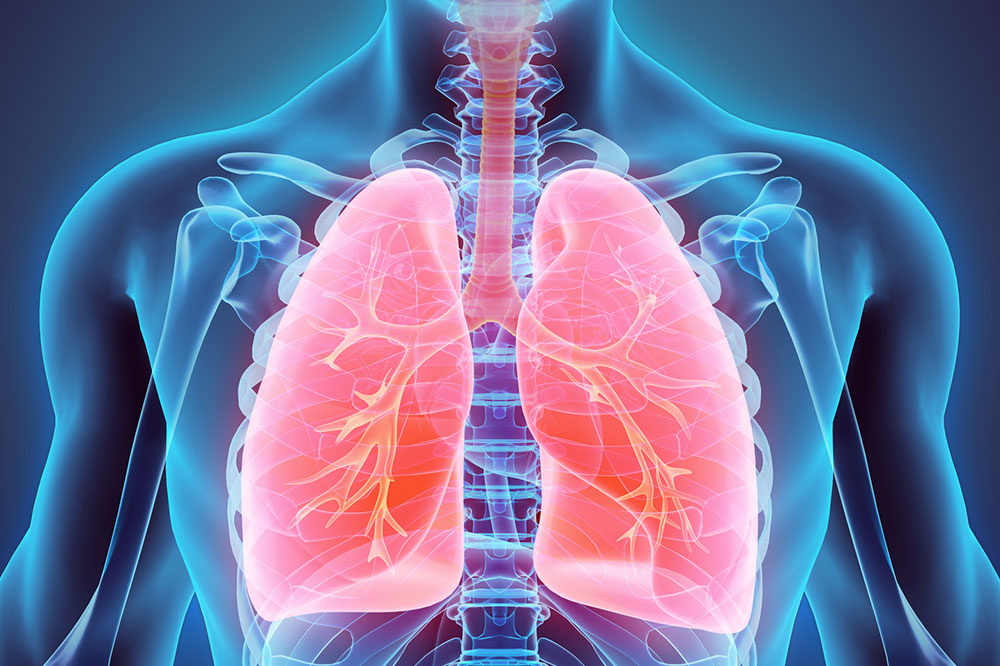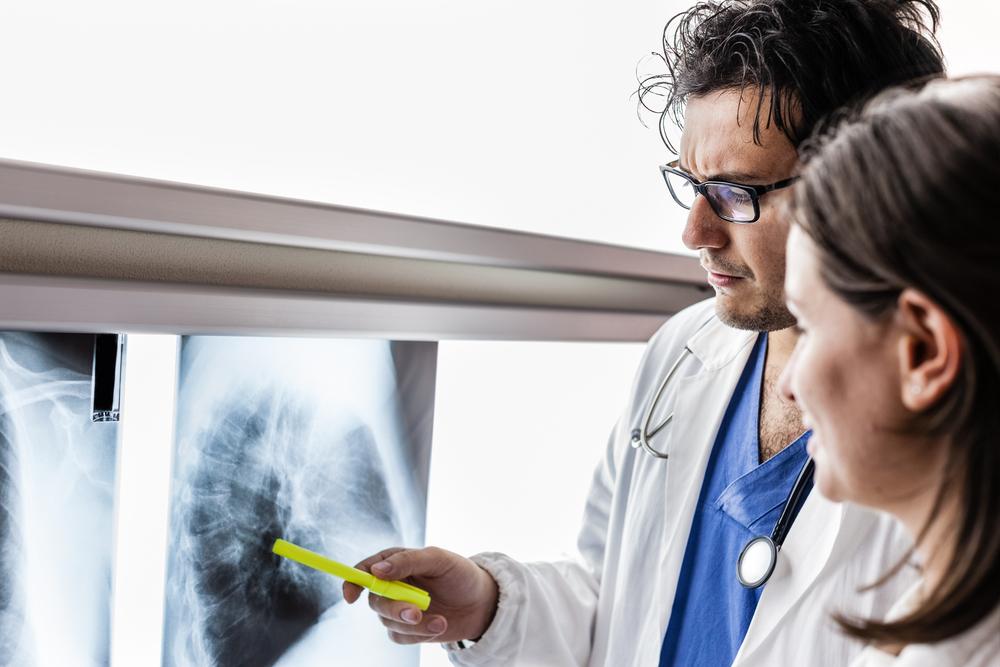Comprehensive Guide to Lung Cancer: Essential Facts and Insights
This comprehensive article provides in-depth insights into lung cancer, covering causes, stages, symptoms, and treatment options. It emphasizes the importance of early detection and lifestyle changes to prevent and manage this common disease effectively, offering crucial knowledge for both patients and healthcare professionals.

Comprehensive Guide to Lung Cancer: Essential Facts and Insights
Understanding Lung Cancer: Key Facts Everyone Should Know
The lungs are vital organs within our respiratory system, playing a crucial role in oxygen exchange that sustains every cell in our body. Any disruption or disease affecting this vital organ can have serious, sometimes life-threatening consequences. Among respiratory diseases, lung cancer remains one of the most prevalent and concerning health issues worldwide. Its development is often linked to various environmental factors and genetic predispositions. To better understand this complex disease, it is essential to learn about its causes, stages, symptoms, and treatment options.
What Are the Causes of Lung Cancer?
Lung cancer arises due to a combination of genetic, environmental, and lifestyle factors. Understanding these risk factors can help in early detection and prevention strategies.
Smoking: Smoking remains the most significant risk factor, responsible for approximately 85-90% of lung cancer cases. Carcinogens in tobacco smoke cause cellular damage over time, leading to malignant transformations in lung tissue.
Second-hand Smoke: Exposure to smoke from others’ cigarettes, cigars, or pipes increases risk even for non-smokers, especially in enclosed spaces or households with smokers.
Asbestos Exposure: Inhalation of asbestos fibers is a well-known cause of lung cancer, particularly mesothelioma, a rare but aggressive type of cancer. Workers in construction, shipbuilding, or industrial settings are at higher risk.
Radon Gas: This naturally occurring radioactive gas emanates from the soil and rocks, accumulating in homes or buildings. Prolonged inhalation of radon decay products causes genetic mutations, which can initiate cancer.
Pre-existing Lung Conditions: Chronic lung diseases such as Chronic Obstructive Pulmonary Disease (COPD) and pulmonary fibrosis increase susceptibility to lung cancer due to ongoing inflammation and tissue damage.
Environmental Pollution: Exposure to outdoor air pollution, including vehicle emissions and industrial pollutants, has been linked to increased lung cancer risk, although the connection is less direct compared to smoking and asbestos exposure.
How Is Lung Cancer Staged?
Accurate staging of lung cancer is crucial for determining prognosis and selecting the most effective treatment plan. The process involves assessing tumor size, lymph node involvement, and whether the cancer has spread to other parts of the body. The four main stages are:
Stage 1: The tumor is localized within the lung and has not spread to nearby lymph nodes. This early stage often has the best prognosis and may be amenable to surgical removal.
Stage 2: The cancer has grown and involves nearby lymph nodes, but has not spread extensively beyond the lung and chest area.
Stage 3: The tumor has spread to mediastinal lymph nodes or other nearby structures in the chest, and may involve the chest wall or diaphragm.
Stage 4: This is the most advanced stage, characterized by distant metastasis to other organs such as the brain, liver, bones, or adrenal glands. Survival rates decrease significantly at this stage.
Symptoms and Their Progression by Stage
The symptoms of lung cancer vary depending on the stage, with early stages often asymptomatic or presenting mild signs, making early diagnosis challenging. As the disease advances, symptoms become more pronounced and debilitating:
Stage 2: Patients may experience a persistent cough, blood-tinged sputum, shortness of breath, chest pain, and recurrent respiratory infections indicating increased tumor burden.
Stage 3: Symptoms worsen include chest discomfort, wheezing, persistent cough with blood, voice changes (hoarseness), unexplained weight loss, difficulty swallowing, fatigue, bone pain, and fever. These signs often indicate significant disease progression.
Stage 4: Patients typically experience severe fatigue, rapid weight loss, widespread pain, neurological symptoms such as headaches, seizures, or weakness from brain metastases, and general decline in health status.
Available Treatment Options for Lung Cancer
Management of lung cancer depends on the stage at diagnosis, the patient’s overall health, and specific tumor characteristics. Treatment approaches include:
Surgical Removal: Removing the tumor or affected lung tissue offers the best chance for cure in early-stage cancers. Types include lobectomy, pneumonectomy, or wedge resection, depending on tumor size and location.
Radiation Therapy: High-energy rays target cancer cells and are effective in shrinking tumors or alleviating symptoms, especially when surgery isn't feasible.
Chemotherapy: Systemic treatment with drugs targets rapidly dividing cancer cells, often used in combination with other therapies, especially in advanced stages.
Radiosurgery (Stereotactic Body Radiotherapy - SBRT): Precision-focused radiation treats small tumors non-invasively, ideal for patients who cannot undergo surgery.
Targeted Therapy: This approach focuses on specific genetic mutations or molecular pathways in cancer cells, such as EGFR, ALK, or ROS1 mutations, leading to personalized treatment plans.
Immunotherapy: Enhances the body's immune response against cancer cells. Immune checkpoint inhibitors like PD-1/PD-L1 inhibitors have shown promise in treating advanced lung cancers.
The prognosis of lung cancer hinges on early detection and timely treatment. Lifestyle modifications, quitting smoking, and avoiding environmental toxins are critical preventive measures to reduce risk.





